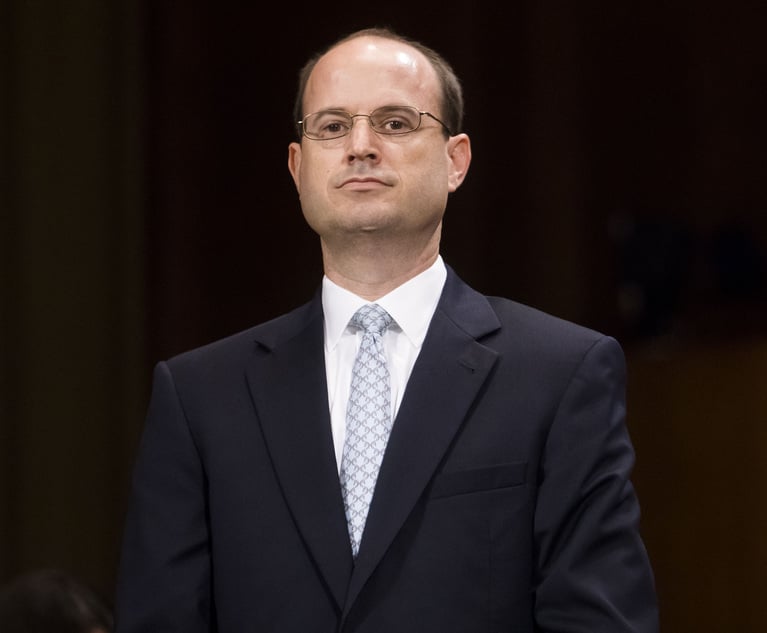The European Patent Office (EPO) issued guidelines for Nov. 1, 2018, that in many ways summarizes the direction and guidance of U.S. jurisprudence and USPTO policy for patent eligibility for computer implemented inventions. Much of the recent U.S. guidance evolves from the 2014 U.S. Supreme Court decision Alice v. CLS Bank International (573 U.S. 208) concerning a computer implemented electronic escrow service for facilitating financial transactions where the patent claims were found invalid as being drawn to an abstract idea. Patent ineligibility was found using a two-step process. The first step determines whether a patent claim is an abstract idea such as an algorithm or a method of computation. If the patent claim includes an abstract idea such as an algorithm, then the patent eligibility process must go to the second step and determine whether the patent claim adds “significantly more” to the idea that embodies an inventive concept. Although “significantly more” really does not provide much concrete guidance, the court did find that a mere instruction to implement an abstract idea on a computer or the mere recitation of a generic computer cannot transform a patent-ineligible abstract idea into a patent-eligible invention.
Since Alice, although a significant majority of cases reviewed by the Federal Circuit have found computer implemented inventions patent ineligible, the pendulum has started swinging slightly in the direction of eligibility by clarifying what they meant by “something more” with a few cases where patent eligibility was found. See Thales Visionix v. United States, Amdocs (Israel) v. Openet Telecom, McRO v. Bandai Namco Games America, Bascom Gobal Internet Services v. AT&T Mobility, Enfish v. Microsoft, DDR Holdings v. Hotels.com or Research Corporation Technologies v. Microsoft.


 Pablo Meles, Of Counsel, Espinosa Martinez
Pablo Meles, Of Counsel, Espinosa Martinez




